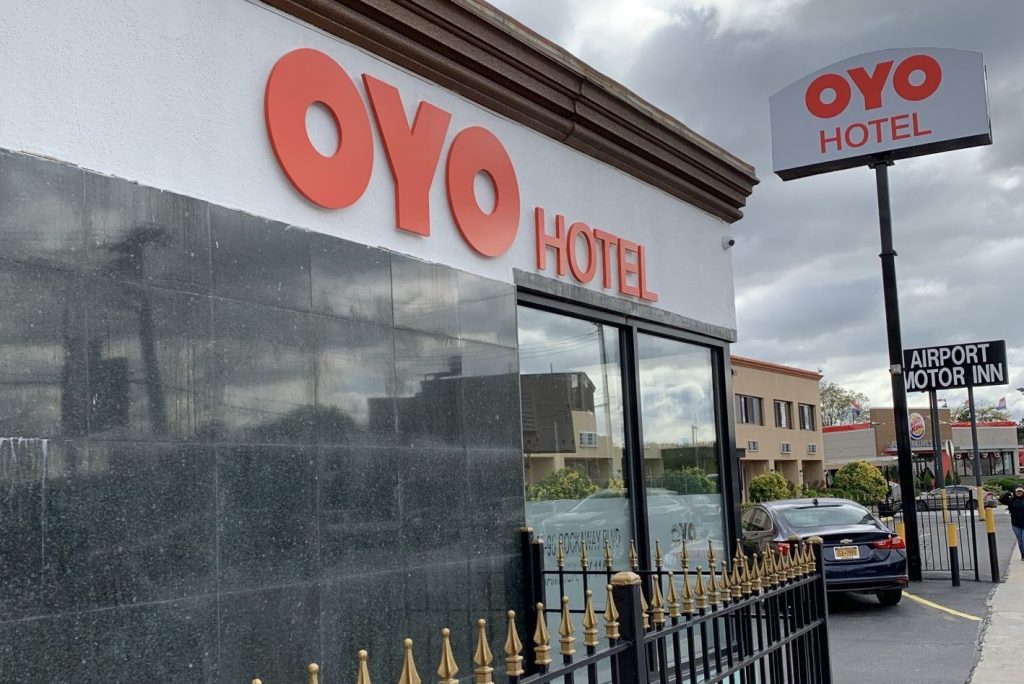Two Emblems of India Tourism Cut Costs to Stay Afloat

Skift Take
In this issue, India takes center stage with two of its homegrowns making news for the wrong reasons, as the first two articles below report.
One is a frail old lady, unable to find a suitor. The other is youthful exuberance meets hard realities and reckoning.
Air India and Oyo have nothing in common save that both are struggling. They offer valuable insights on airline distribution and cheap hotels, respectively.
From Air India, we see how distribution costs are so high that the expense can be used as a weapon by a hard-up airline. The article also shows that travel agents are not dying, despite years of airlines cutting their commissions and getting customers to book direct. This is particularly true in huge Asian markets such as India, China, and Indonesia where there will always be a swell of domestic leisure and corporate travelers.
While the U.S. is the world’s biggest domestic market (590 million passenger journeys in 2018), followed by China (515 million passenger journeys), it would be a matter of years before India catches up with those kinds of figures, according to the International Air Transport Association.
And long live travel agents means long live global distribution systems.
Oyo, meanwhile, is on the brink of proving what global hotel chains have known all along. It’s impossible to organize the unorganized one- and two-star accommodations into a consistent brand, let alone on the scale and geographies Oyo has done. It's now scaling back, but the question is, is it too late, given the kind of rot in the company that world media has reported?
— Raini Hamdi, Skift Asia Editor, rh@skift.com, @RainiHamdi
Skift Stories and More Expert Insights
How Struggling Air India Is Setting the Stage for a Major Battle Among Distribution Giants: Much is at stake for global distribution systems and travel agencies as struggling Air India uses airline distribution as a means to stay afloat. The real winners and losers in this battle are still up in the air, with Amadeus back in the game after pulling out over a year ago.
Oyo Axes Staff and Pares Back Ambitions: Where Does It Go From Here? Those unbelievable expansion numbers that Ritesh Agarwal used to rattle off? We won’t be hearing them again in 2020. The Oyo founder is forced to think of business sustainability. Let’s see if he’s adept at it.
Intrepid Partners With Ctrip to Popularize Green Trips in China: Both partners seek growth when the home markets aren’t expanding as much as before. Intrepid needs Ctrip’s user base of 300 million while Ctrip needs Intrepid’s kind of journeys. But doubtful if sustainable travel will instantly be the norm in China. It’s a start.
Instagram and Google Maps Contribute to Hawaii Tourists Behaving Badly: Hawaii, with its isolated location, fragile ecosystem, and deep-rooted local culture, faces even more problems with overtourism than most popular destinations do. Tourism marketers are looking at ways to manage the situation, but it’s a huge challenge.
Travel Megatrends 2020: Subscription Travel Is the Next Frontier of Loyalty: Earning consumer loyalty means more than giving them rewards. Subscriptions and memberships represent a compelling way for travel companies to create lasting relationships with consumers.
DAQ Soft Raises $5 Million for Smart Tourism: China-based smart tourism company DAQ raises more funding, as well as other early-stage companies. It’s great that angel investors continue to support them this early.
Asia Editor Raini Hamdi [rh@skift.com] curates the Skift Asia Weekly newsletter. Skift emails the newsletter every Wednesday.






